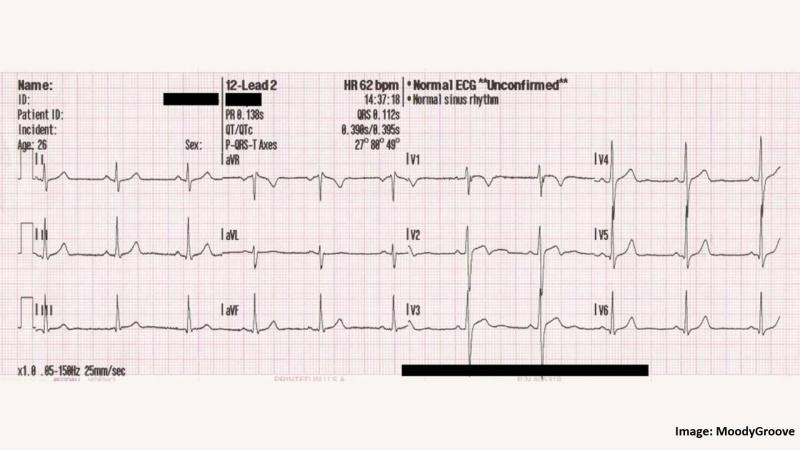
Anyone who has ever had a relative in a hospital or watched any form of medical drama will have heard of 'ECG'. Come to think of it, almost everybody has. An ECG or an electrocardiogram checks if your heart is working properly by measuring the electric current it generates as it beats.
An ECG comprises three leads that are used to measure the electric current. A lead is a piece of wire with one end flattened that sticks onto the skin and the other end hooked onto a machine to measure the electric current output. These are placed strategically on the body, usually in a triangle. The readings measured by the leads are seen as a wave pattern. Every wave has 2 bounces and a central peak and each of these represents a different part of the heart beating. Each upward bounce represents one part of the heart (an auricle or ventricle) contracting. If these are put together, one can see how accurate the heart is at pumping out blood to the body.
Any deviation from the standard curve could mean arrhythmia – the heart beating too fast, too slow or erratically. This helps in the diagnosis of heart attacks and genetic diseases. As this is a simple, effective and reasonably accurate technique to check cardiac efficiency, ECG has become a ubiquitous tool for doctors.





